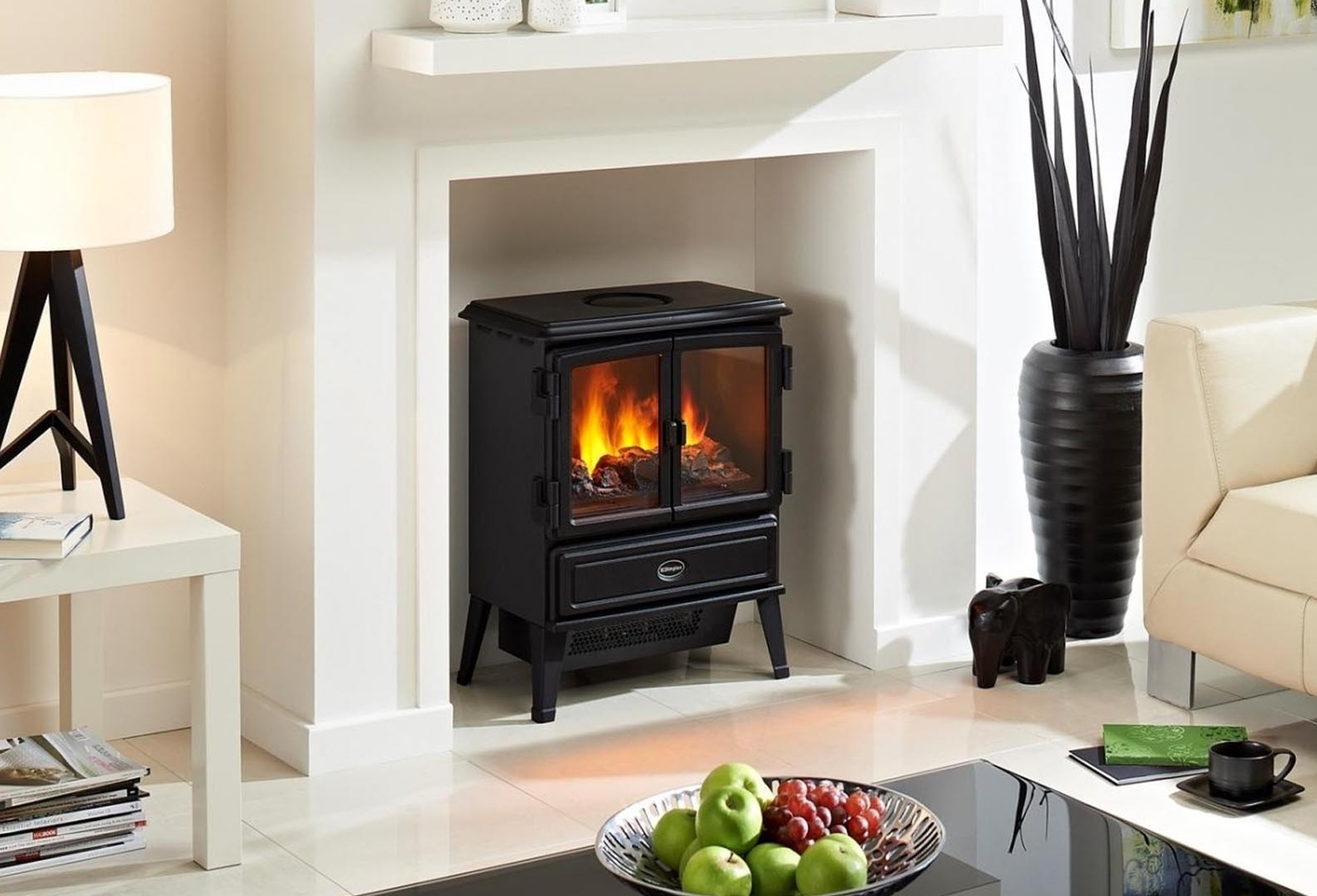Electric convection heaters are renowned for their relatively quiet operation compared to many other heating options available on the market. When considering noise levels, it's essential to understand how different heating methods work and the impact they have on the overall acoustic environment within a space.
Convection heaters operate by heating the air surrounding the heating element, which then rises and circulates naturally throughout the room. Unlike some other heating systems, such as forced-air furnaces or heat pumps, convection heaters do not rely on fans or moving parts to distribute heat. Instead, they harness the principles of natural convection to create a gentle and consistent flow of warm air. This lack of mechanical components means that electric convection heaters produce minimal noise during operation.
In contrast, heating systems that utilize forced-air circulation often include fans to distribute heated air throughout the space. While these systems can effectively and rapidly heat a room, the operation of the fans can generate noticeable noise. Depending on the size and design of the fan, this noise can range from a gentle hum to a more pronounced blowing sound, which may be disruptive in quiet environments.![]()
Similarly, radiant heaters emit infrared radiation to directly heat objects and people in the room. While they are generally quieter than forced-air systems since they lack fans, some radiant heaters may produce a faint humming noise as the heating elements warm up. However, this noise is typically minimal and may not be noticeable in most situations.
Baseboard heaters, another common heating option, rely on convection to heat the air but do not typically use fans for air circulation. While they are generally quieter than forced-air systems, some baseboard heaters may produce a clicking or popping noise as they expand and contract with temperature changes. However, this noise is often subtle and may not be a significant concern for most users.
Oil-filled radiators are another type of electric heater that operates quietly. These heaters use electricity to heat oil, which then radiates heat into the surrounding air. Like baseboard heaters, oil-filled radiators do not have fans for air circulation, resulting in relatively quiet operation. However, some oil-filled radiators may produce a faint clicking or gurgling noise as the oil circulates through the unit. Again, this noise is usually minimal and may not be noticeable in most environments.
Overall, electric convection heaters stand out for their quiet operation, making them an excellent choice for spaces where noise levels need to be kept to a minimum. Whether used in bedrooms, offices, or living areas, these heaters provide efficient and effective heating without contributing to unwanted background noise. Additionally, the absence of moving parts in convection heaters means they require less maintenance and are less prone to mechanical failures or breakdowns, further enhancing their appeal for users seeking a reliable and quiet heating solution.
Electric convection heaters offer a quiet and efficient heating solution compared to many other options available on the market. By harnessing the principles of natural convection, these heaters provide consistent warmth without the need for noisy fans or mechanical components. Whether used in residential or commercial settings, electric convection heaters offer a comfortable and peaceful heating experience, making them a popular choice for consumers seeking quiet and reliable heating solutions.

 0086-574-62766180/62766182
0086-574-62766180/62766182






 English
English 中文简体
中文简体













